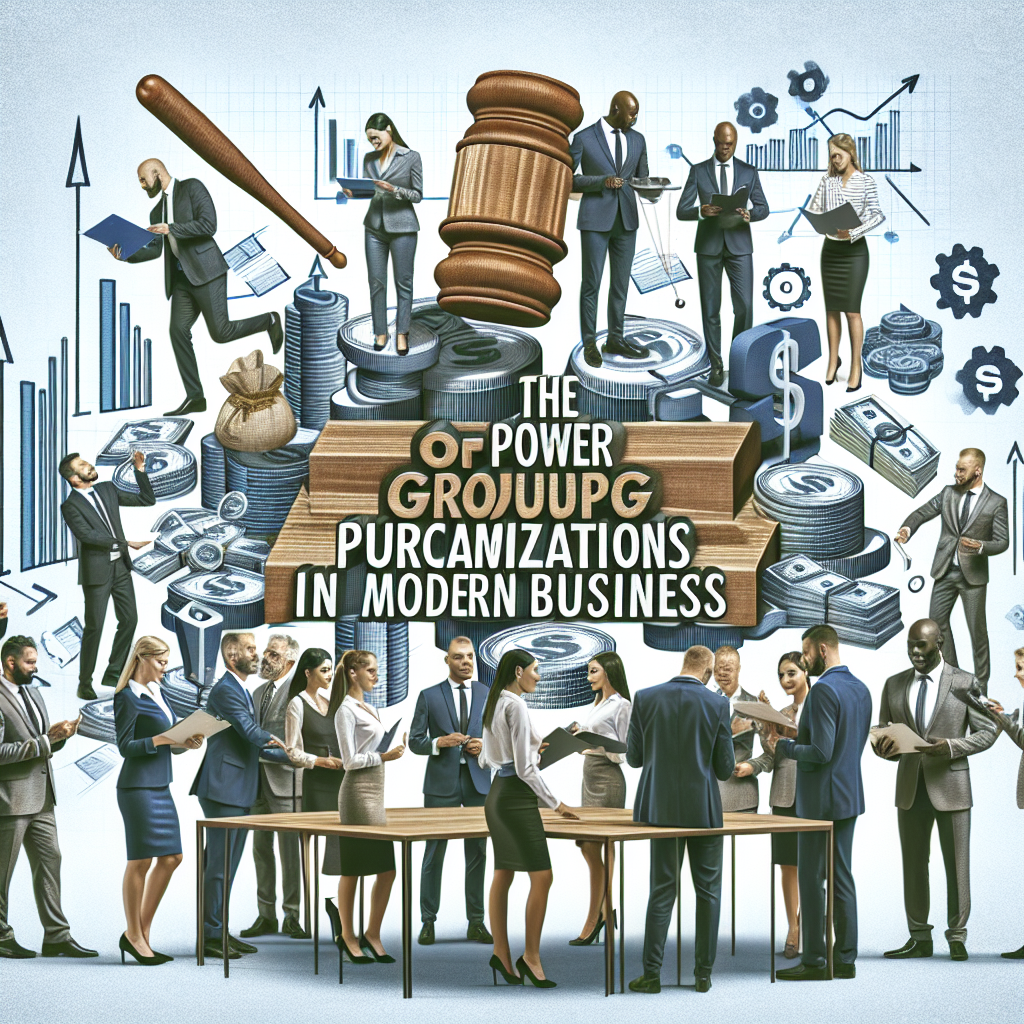Transparency in supply chains refers to the visibility and openness of the processes, practices, and relationships within a supply chain. It involves the sharing of information and data about the origin, production, and distribution of products and services. Transparency is essential for building trust and accountability among stakeholders, including suppliers, manufacturers, distributors, and consumers. It allows for better decision-making, risk management, and ethical sourcing practices. In recent years, there has been a growing demand for transparency in supply chains, driven by concerns about ethical sourcing, environmental sustainability, and social responsibility. As a result, businesses are under increasing pressure to improve transparency and accountability in their supply chain operations.
Financial impact: How lack of transparency can lead to increased costs
The lack of transparency in supply chains can have significant financial implications for businesses. Without visibility into the processes and practices of suppliers and partners, companies are at risk of encountering hidden costs and inefficiencies. For example, a lack of transparency in sourcing practices can lead to higher production costs, as companies may unknowingly be using suppliers with unethical or unsustainable practices. This can result in increased costs for raw materials, production delays, and quality control issues. Additionally, without transparency, companies may be unaware of potential risks in their supply chain, such as labor violations or environmental non-compliance, which can lead to legal and financial penalties. Overall, the lack of transparency can lead to increased costs throughout the supply chain, impacting the bottom line of businesses.
On the other hand, when companies prioritize transparency in their supply chains, they can reduce costs and improve efficiency. By having visibility into sourcing practices, companies can identify opportunities for cost savings, such as finding more sustainable and cost-effective suppliers. Transparency also allows for better risk management, as companies can proactively address potential issues before they escalate into costly problems. Furthermore, transparent supply chains can lead to improved relationships with suppliers and partners, resulting in better collaboration and cost efficiencies. Overall, the financial impact of transparency in supply chains is significant, as it can help businesses reduce costs, improve efficiency, and mitigate financial risks.
Reputational impact: The consequences of a lack of transparency on brand image
The lack of transparency in supply chains can have a detrimental impact on a company’s brand image and reputation. In today’s interconnected world, consumers are increasingly concerned about the ethical and sustainable practices of the companies they support. When a company is associated with unethical or unsustainable practices in its supply chain, it can damage its reputation and erode consumer trust. For example, if a company is found to be using suppliers that engage in child labor or environmental pollution, it can lead to public backlash and boycotts. This can result in lost sales, negative media coverage, and long-term damage to the brand’s reputation.
Conversely, companies that prioritize transparency in their supply chains can enhance their brand image and reputation. By openly sharing information about their sourcing practices and ethical standards, companies can build trust with consumers and differentiate themselves in the market. Transparent supply chains can also help companies attract socially conscious consumers who are willing to pay a premium for products that are ethically sourced and environmentally sustainable. Ultimately, the reputational impact of transparency in supply chains is significant, as it can directly affect consumer perception and purchasing behavior.
Legal and regulatory impact: The risks of non-compliance with transparency requirements
The lack of transparency in supply chains can expose companies to legal and regulatory risks. Many countries have implemented laws and regulations that require businesses to disclose information about their supply chain practices, particularly in relation to labor rights, environmental impact, and ethical sourcing. Failure to comply with these requirements can result in legal penalties, fines, and reputational damage. For example, companies that are found to be using suppliers that engage in forced labor or human trafficking can face legal consequences and be subject to public scrutiny. Additionally, non-compliance with transparency requirements can lead to lawsuits from stakeholders, including employees, consumers, and advocacy groups.
On the other hand, companies that prioritize transparency in their supply chains can mitigate legal and regulatory risks. By proactively disclosing information about their sourcing practices and ethical standards, companies can demonstrate compliance with laws and regulations. This can help them avoid legal penalties and reputational damage, while also positioning themselves as responsible corporate citizens. Furthermore, transparent supply chains can help companies stay ahead of evolving regulatory requirements and industry standards, reducing the risk of non-compliance in the future. Overall, the legal and regulatory impact of transparency in supply chains is significant, as it can help businesses avoid legal risks and maintain compliance with laws and regulations.
Environmental and social impact: The hidden costs of unethical supply chain practices
The lack of transparency in supply chains can have significant environmental and social impacts. When companies do not have visibility into their suppliers’ practices, they may unknowingly be contributing to environmental degradation and social injustices. For example, using suppliers that engage in deforestation or pollution can have far-reaching environmental consequences, including habitat destruction and climate change. Similarly, using suppliers that exploit workers or violate labor rights can perpetuate social injustices and human rights abuses. These hidden costs of unethical supply chain practices can have long-term impacts on communities and ecosystems.
Conversely, companies that prioritize transparency in their supply chains can mitigate environmental and social impacts. By actively seeking out sustainable and ethical suppliers, companies can reduce their environmental footprint and contribute to positive social change. Transparent supply chains also allow companies to trace the origin of their products and ensure that they are produced in a responsible manner. This not only benefits the environment and communities but also aligns with consumer preferences for ethically sourced products. Overall, the environmental and social impact of transparency in supply chains is significant, as it can help businesses minimize their negative footprint and contribute to a more sustainable future.
Strategies for improving transparency in supply chains
There are several strategies that businesses can implement to improve transparency in their supply chains. One approach is to establish clear policies and standards for ethical sourcing and sustainability. This involves setting expectations for suppliers and partners regarding labor rights, environmental impact, and ethical business practices. Companies can also conduct regular audits and assessments of their suppliers to ensure compliance with these standards. Another strategy is to leverage technology for greater visibility into the supply chain. This includes using blockchain technology to track the origin of products and ensure authenticity throughout the supply chain.
Additionally, companies can collaborate with industry peers and stakeholders to share best practices and promote transparency across the supply chain. This involves engaging with suppliers, industry associations, non-governmental organizations (NGOs), and government agencies to collectively address transparency challenges. Furthermore, companies can engage with consumers and communicate openly about their sourcing practices and ethical standards. This includes providing information on product labels or through marketing materials to educate consumers about the company’s commitment to transparency.
The importance of transparency for mitigating hidden costs in supply chains
In conclusion, transparency is essential for mitigating hidden costs in supply chains. The financial impact of transparency includes reducing costs and improving efficiency by identifying opportunities for cost savings and better risk management. The reputational impact involves building trust with consumers and differentiating the company in the market by openly sharing information about sourcing practices. The legal and regulatory impact includes avoiding legal penalties and maintaining compliance with laws and regulations by proactively disclosing information about ethical standards.
Furthermore, the environmental and social impact involves minimizing negative environmental footprint and contributing to positive social change by actively seeking out sustainable and ethical suppliers. To improve transparency in supply chains, businesses can implement strategies such as establishing clear policies for ethical sourcing, leveraging technology for greater visibility into the supply chain, collaborating with industry peers and stakeholders to share best practices, and engaging with consumers to communicate openly about sourcing practices.
Overall, transparency is crucial for building trust among stakeholders, reducing risks, enhancing brand reputation, complying with regulations, minimizing environmental impact, contributing to social responsibility, improving efficiency, reducing costs, mitigating hidden costs in supply chains. As such, businesses should prioritize transparency as a fundamental aspect of their supply chain operations to ensure long-term success and sustainability.





